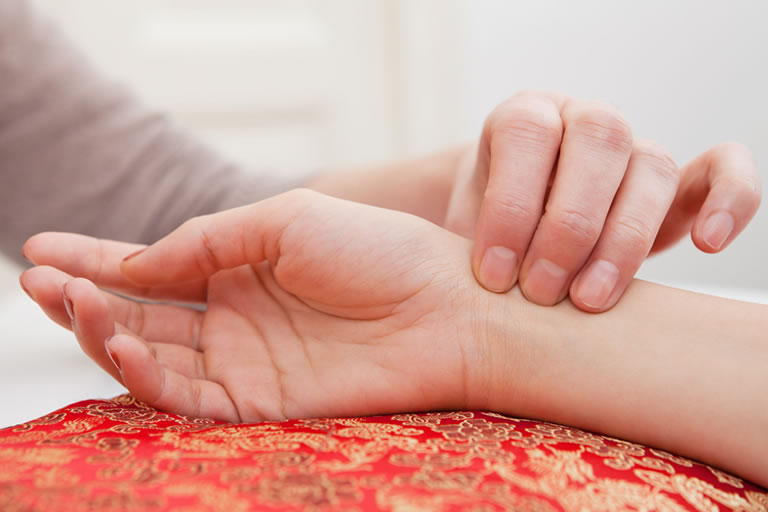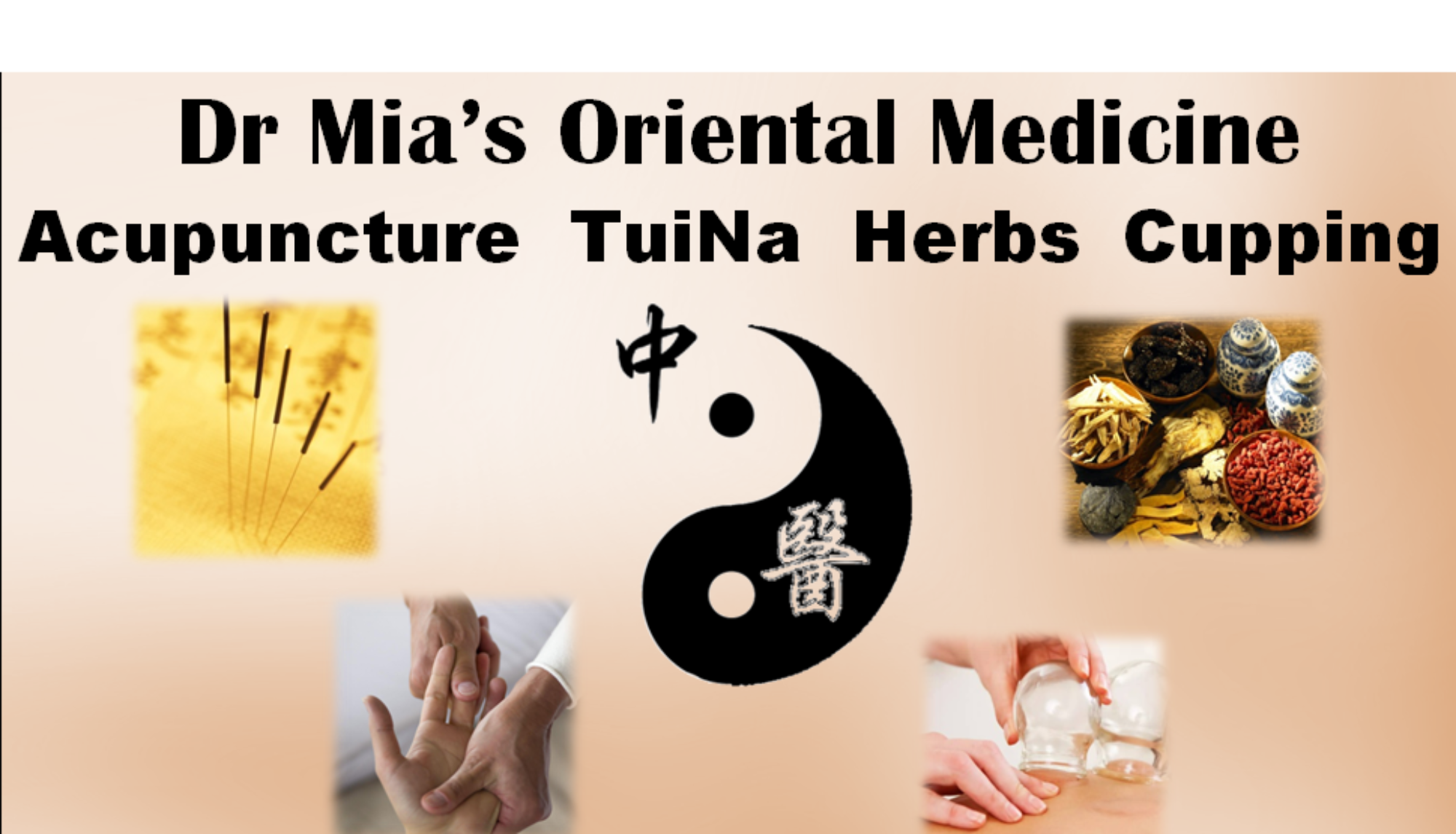Comprehensive Analysis of Traditional Chinese Medicine Diagnostic Methods: The Four Pillars of Examination (望闻问切)
I. Introduction to TCM Diagnostic Principles
Traditional Chinese Medicine diagnosis represents a sophisticated system of medical evaluation that has evolved over two millennia. The four fundamental diagnostic techniques – Observation (望), Auscultation-Olfaction (闻), Inquiry (问), and Palpation (切) – collectively known as the “Four Examinations” (四诊), form the cornerstone of TCM pattern differentiation and treatment formulation. This systematic approach enables practitioners to discern the root cause of disease by interpreting external manifestations as reflections of internal imbalances.
II. Detailed Examination of the Four Diagnostic Techniques
A. Observation (望诊)
- Comprehensive Visual Assessment:
- Facial complexion analysis (五色诊)
- Luster, moisture, and color distribution
- Correlation with zang-fu organ systems
- Spirit observation (望神)
- Evaluation of shen (神) manifestation
- Vitality assessment through eye brightness and responsiveness
- Tongue Diagnosis (舌诊):
- Tongle body characteristics:
- Color (pale, red, purple)
- Shape (swollen, thin, cracked)
- Moisture (dry, moist, greasy)
- Tongue coating analysis:
- Thickness (thin, thick)
- Color (white, yellow, gray, black)
- Texture (greasy, dry, peeling)
- Clinical correlations:
- Tongue zones corresponding to organ systems
- Dynamic changes in acute vs chronic conditions
B. Auscultation-Olfaction (闻诊)
- Auditory Assessment:
- Voice quality analysis:
- Strength, clarity, and pitch variations
- Correlation with qi deficiency or stagnation
- Respiratory sounds:
- Cough characteristics (dry, productive, weak)
- Breathing patterns (shallow, labored, wheezing)
- Olfactory Evaluation:
- Body odor differentiation:
- Foul, rotten, scorched, or rancid qualities
- Breath odor analysis
- Secretion and excretion odors
C. Inquiry (问诊)
- Systematic History Taking:
- Ten Fundamental Questions:
- Chills and fever
- Perspiration
- Head and body pain
- Urination and defecation
- Appetite and thirst
- Chest and abdominal symptoms
- Hearing and vision
- Sleep patterns
- Medical history
- Menstruation (for female patients)
- Constitutional Assessment:
- Seven emotions evaluation
- Lifestyle factors analysis
- Dietary habits review
- Temporal patterns of symptoms
D. Palpation (切诊)
- Pulse Diagnosis (脉诊):
- Six positions and three depths:
- Cun, Guan, Chi positions bilaterally
- Superficial, middle, deep levels
- Twenty-eight classical pulse qualities:
- Floating (浮), sunken (沉), slow (迟), rapid (数)
- Slippery (滑), choppy (涩), wiry (弦), tight (紧)
- Organ correspondence:
- Left distal (heart), middle (liver), proximal (kidney yin)
- Right distal (lung), middle (spleen), proximal (kidney yang)
- Body Palpation:
- Channel palpation for tender points
- Abdominal diagnosis (腹诊)
- Temperature and moisture assessment
III. Integrative Diagnostic Methodology
A. Pattern Differentiation Systems
- Eight Principles (阴阳表里寒热虚实)
- Qi-Blood-Body Fluids
- Zang-Fu Organ Patterns
- Six-Channel Differentiation
- Four-Level Differentiation
- Triple Burner Differentiation
B. Diagnostic Reasoning Process
- Information synthesis from four examinations
- Identification of predominant patterns
- Determination of root (本) and branch (标)
- Assessment of disease progression
- Prognosis estimation
IV. Clinical Applications and Case Examples
A. Respiratory Conditions
- Wind-Cold vs Wind-Heat differentiation:
- Observation: Tongue coating color
- Auscultation: Cough characteristics
- Pulse: Floating-tight vs floating-rapid
B. Digestive Disorders
- Spleen qi deficiency assessment:
- Inquiry: Appetite, stool quality
- Observation: Pale tongue with teeth marks
- Pulse: Weak at right guan position
V. Modern Research and Evidence Base
- Scientific Validation Studies:
- Tongue imaging analysis systems
- Pulse waveform analysis technology
- Diagnostic reliability studies
- Biomarker Correlations:
- Tongue coating microbiome research
- Pulse characteristics and cardiovascular parameters
- Facial colorimetry studies
VI. Contemporary Practice and Challenges
- Standardization Efforts:
- Diagnostic terminology unification
- Examination protocol development
- Practitioner training consistency
- Integration with Western Medicine:
- Complementary diagnostic approaches
- Combined pattern-biomarker models
- Clinical decision support systems
VII. Conclusion
The four diagnostic techniques of TCM represent a holistic and nuanced approach to health assessment that complements modern biomedical diagnostics. This comprehensive system enables practitioners to detect subtle imbalances before they manifest as overt disease, emphasizing preventive medicine and personalized treatment. While rooted in ancient medical wisdom, contemporary research continues to validate and refine these diagnostic methods, ensuring their relevance in modern integrative healthcare practice. Future developments in artificial intelligence and systems biology promise to further enhance the precision and objectivity of TCM diagnosis while preserving its holistic essence.
Appendix: Classical References
- “The Yellow Emperor’s Inner Canon” (黄帝内经)
- “Pulse Classic” (脉经) by Wang Shuhe
- “Golden Mirror of Medicine” (医宗金鉴)
- “Compendium of Materia Medica” (本草纲目) tongue diagnosis sections

Comprehensive Analysis of Treatment Application Based on TCM’s Four Diagnostic Methods
**I. Introduction to Treatment Principles in TCM**
The application of therapeutic interventions in Traditional Chinese Medicine follows a systematic approach grounded in the information gathered through the Four Diagnostic Methods (四诊). This treatment paradigm emphasizes:
1. Pattern differentiation (辨证)
2. Root and branch analysis (标本)
3. Treatment principle formulation (治则)
4. Method selection (治法)
5. Prescription composition (方药)
II. Treatment Application Framework
A. Observation-Informed Treatment (望诊指导治疗)
1. Facial Diagnosis Applications:
– Pale complexion → Yang/Qi deficiency → Ginseng-containing formulas
– Red face → Excess heat → Coptis-based prescriptions
– Yellowish hue → Damp-heat → Atractylodes macrocephala combinations
2. Tongue Diagnosis Applications:
– Pale tongue body: Warm yang with cinnamon-based formulas
– Red tongue without coating: Nourish yin with Rehmannia combinations
– Thick yellow coating: Clear heat-damp with Huanglian Jiedu Tang
B. Auscultation-Olfaction Guided Therapy (闻诊指导治疗)
1. Voice Analysis Applications:
– Weak voice → Tonify lung qi with Codonopsis combinations
– Loud/rapid speech → Clear heart fire with Gardenia formulas
2. Olfactory Indicators:
– Rotten smell → Clear heat-toxins with Forsythia mixtures
– Fishy odor → Warm cold with Aconite preparations
C. Inquiry-Based Treatment Strategies (问诊指导治疗)
1. Symptom Pattern Differentiation:
– Night sweats + afternoon fever → Yin deficiency → Anemarrhena-Phellodendron-Rehmannia
– Cold limbs + clear urine → Yang deficiency → Aconite-Ginger-Ryder combinations
2. Constitutional Approaches:
– Qi-deficient constitution → Modified Si Jun Zi Tang
– Phlegm-damp constitution → Er Chen Tang modifications
D. Palpation-Directed Interventions (切诊指导治疗)
1. Pulse Pattern Treatments:
– Wiry pulse → Soothe liver with Bupleurum formulas
– Slippery pulse → Resolve phlegm with Pinellia-Atractylodes combinations
– Thin pulse → Nourish blood with Angelica sinensis preparations
2. Abdominal Diagnosis Applications:
– Epigastric resistance → Regulate qi with Citrus-Aurantium formulas
– Lower abdominal weakness → Warm yang with Cinnamon-Aconite mixtures
III. Integrated Treatment Protocols
A. Combined Diagnostic Applications
1. Respiratory Cases:
– Observation: Red tongue tip
– Auscultation: Hoarse voice
– Inquiry: Thirst with preference for cold drinks
– Palpation: Rapid pulse
→ Diagnosis: Lung heat → Treatment: Qing Fei Tang
2. Digestive Disorders:
– Observation: Swollen tongue with teeth marks
– Auscultation: Gurgling abdominal sounds
– Inquiry: Loose stools after fatty foods
– Palpation: Soggy pulse
→ Diagnosis: Spleen qi deficiency → Treatment: Shen Ling Bai Zhu San
B. Treatment Principle Hierarchy
1. Primary pattern treatment
2. Secondary symptom management
3. Constitutional regulation
4. Preventive measures
IV. Modern Clinical Applications
A. Evidence-Based Protocols
1. Hypertension Management:
– Wiry pulse + red face + headache → Tian Ma Gou Teng Yin
– Slippery pulse + obesity → Ban Xia Bai Zhu Tian Ma Tang
2. Diabetes Care:
– Red tongue with cracks + thirst → Yu Quan Wan
– Pale tongue + fatigue → Jin Gui Shen Qi Wan
B. Specialized Treatment Systems
1. Gynecological Applications:
– Purple tongue + choppy pulse → Blood stasis → Tao Hong Si Wu Tang
– Pale tongue + thin pulse → Blood deficiency → Gui Pi Tang
2. Dermatological Approaches:
– Red tongue + yellow coating → Heat-toxin → Wu Wei Xiao Du Yin
– Pale lesions + thin pulse → Blood deficiency → Dang Gui Yin Zi
V. Treatment Modification Principles
A. Formula Adjustment Guidelines
1. Chief herb modification based on primary symptoms
2. Deputy herb adjustment for secondary manifestations
3. Assistant herb changes for constitutional factors
4. Envoy herb adaptation for specific channel focus
B. Dosage Considerations
1. Acute conditions: Higher doses, shorter duration
2. Chronic disorders: Lower doses, prolonged treatment
3. Age/weight adjustments
4. Seasonal modifications
VI. Contemporary Research and Development
A. Scientific Validation Studies
1. Biomarker correlations with diagnostic patterns
2. Pharmacological mechanisms of pattern-specific formulas
3. Clinical trials on diagnostic-treatment outcome relationships
B. Technological Integrations
1. AI-assisted diagnostic-treatment algorithms
2. Pulse analysis device applications
3. Tongue imaging analysis systems
VII. Conclusion
The application of treatments based on TCM’s four diagnostic methods represents a sophisticated, personalized medical approach that has been refined over centuries. This system enables precise pattern differentiation and corresponding therapeutic interventions, ranging from herbal prescriptions to acupuncture point selection. Modern research continues to validate and enhance this traditional system, while technological advances promise to increase its precision and accessibility. The future of TCM treatment lies in maintaining the integrity of this diagnostic-treatment continuum while integrating contemporary scientific understanding and technological innovations.
Appendix: Classical Treatment References
1. “Shang Han Lun” treatment protocols
2. “Jin Gui Yao Lue” formula applications
3. “Wen Bing Tiao Bian” heat-clearing methods
4. “Pi Wei Lun” spleen-focused treatments


